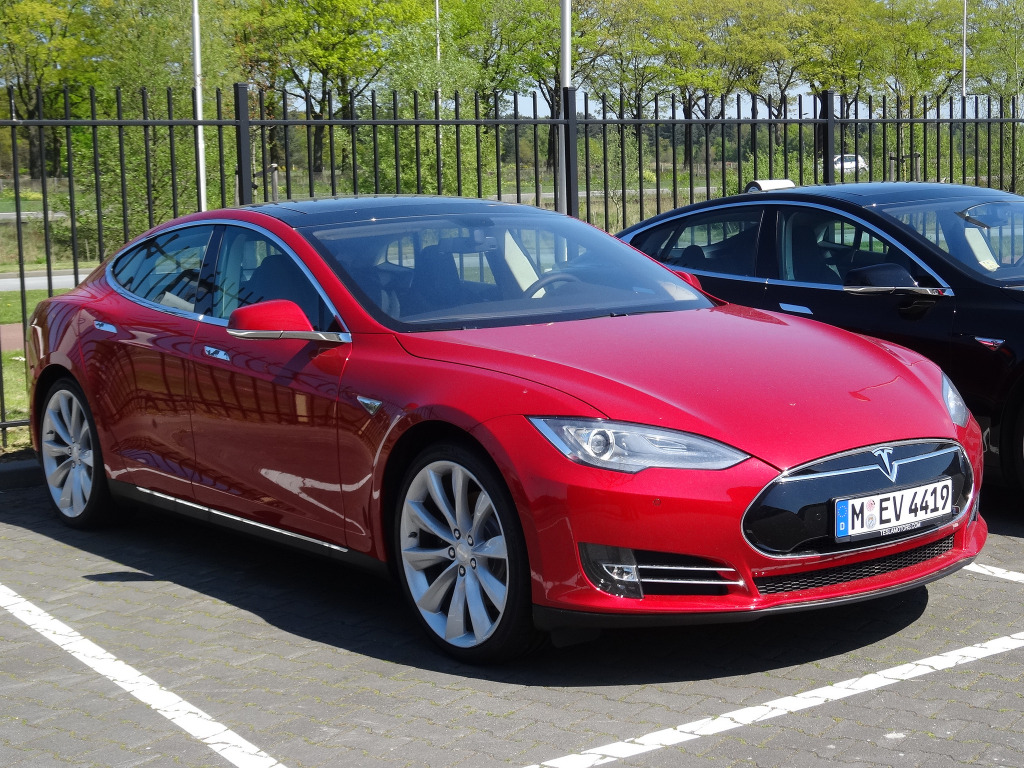
Electric vehicles and renewable energy are widely thought to be essential in combating climate change. Both desperately need better and cheaper batteries if they are to achieve truly widespread use.
This need has created a technology race at universities, start-ups and major companies to develop batteries that could replace the lithium ion batteries that are the standard in both industries. Lithium ion batteries continue to improve from the standpoint of both cost and performance, but the changes are evolutionary and not revolutionary.
Researchers around the world are applying recently developed elements of nanotechnology to the problem of building a better battery.
At the University of Maryland, researchers have developed a nanopore battery that is the ultimate in miniaturization being 80,000 times thinner than a human hair. Billions of these tiny batteries would be connected in a honeycomb fashion to produce a useful device. Laboratory tests have shown the batteries to fully charge in 12 minutes and be able to be recharged thousands of times. Of course, developing such technology on an industrial scale and at an attractive price represents a significant challenge.
Many other groups are working on batteries based on nanotechnology. USC researchers developed a new lithium-ion battery that uses silicon nanoparticles that holds three times the energy as conventional cells. Rice University is working on batteries that incorporate silicon nanotubes grown on sheets of graphene.
Which of these exotic technologies will actually make it to commercialization remains to be seen but the stakes are high enough that there is no doubt that there will be plenty of effort extended to make that happen.
**********
.
Web Links
Tiny Batteries Could Revolutionize Green Energy
Photo, posted April 19, 2014, courtesy of Harry_NL via Flickr.
.
Earth Wise is a production of WAMC Northeast Public Radio.
